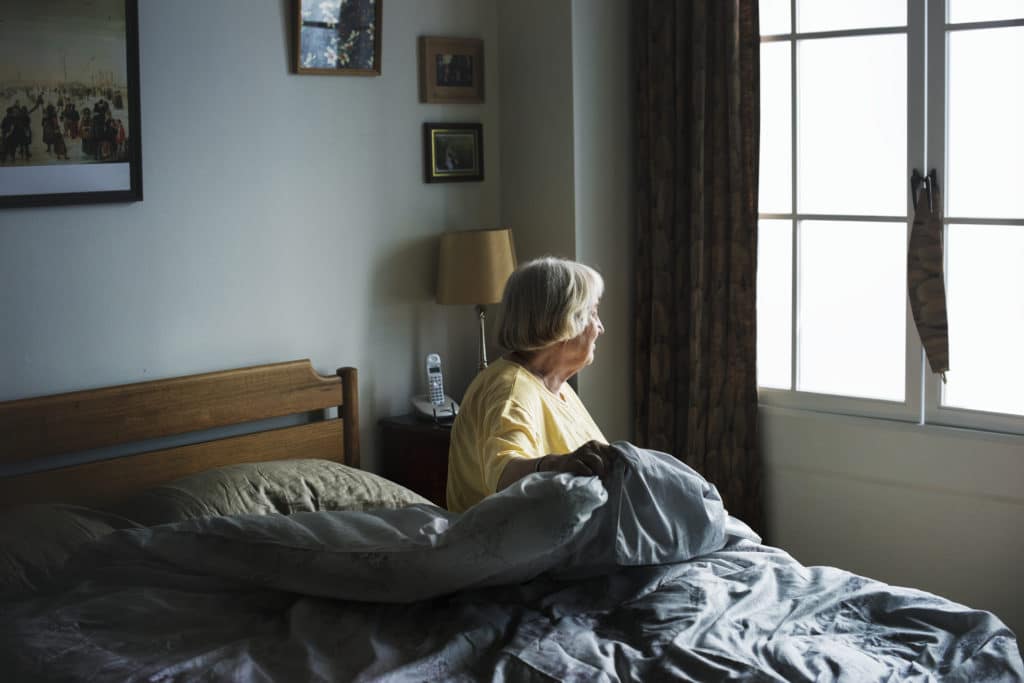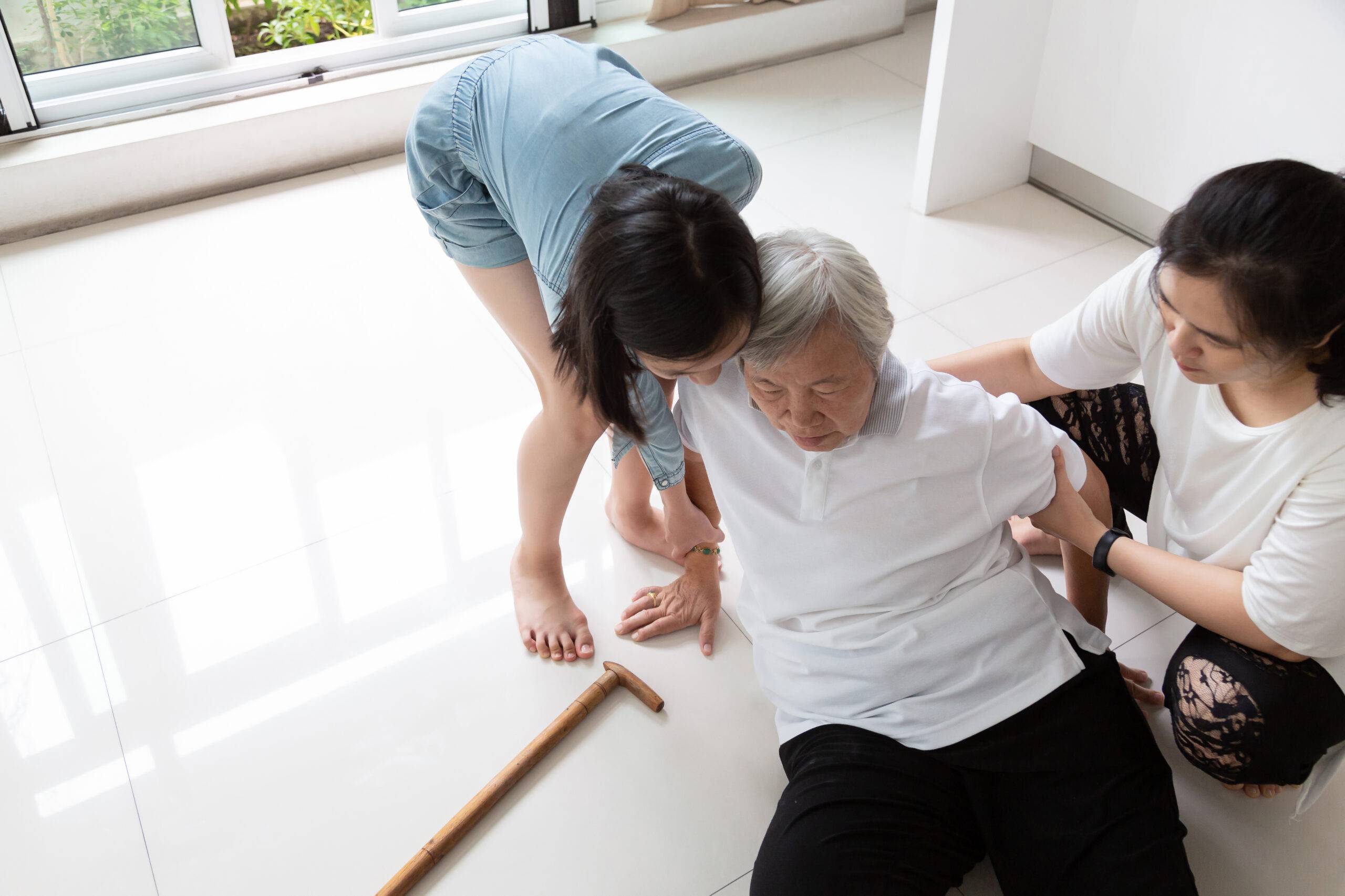As our loved ones age, ensuring their safety becomes a top priority. In recent years, technology has provided us with innovative solutions to help seniors maintain their independence while also keeping them safe. One such solution is the use of discreet sensors for senior safety. These advanced devices offer a way to monitor the well-being of seniors without intruding on their privacy.
The importance of discreet sensors for senior safety cannot be overstated. These sensors can detect falls, monitor health conditions, and even keep track of daily activities to ensure that seniors are living safely in their own homes. In this article, we will explore the various types of discreet sensors available, how they work, and the benefits they provide to both seniors and their caregivers.

What Are Discreet Sensors for Senior Safety?
Discreet sensors are small, often invisible devices that are installed in a senior’s home to monitor their activities and detect any unusual events, such as falls or sudden changes in health. These sensors are designed to blend into the home environment and operate without requiring any interaction from the senior.
Types of Discreet Sensors
There are several types of discreet sensors that can be used to enhance senior safety:
- Motion Sensors: These sensors detect movement within a home and can alert caregivers if the senior has not moved for a certain period of time, indicating a potential issue.
- Fall Detection Sensors: These sensors use accelerometers and other technologies to detect falls and automatically alert caregivers or emergency services.
- Health Monitoring Sensors: These sensors can track vital signs such as heart rate, blood pressure, and more to ensure the senior’s health is stable.
- Door and Window Sensors: These sensors monitor the opening and closing of doors and windows, which can be useful for preventing wandering in seniors with dementia.
How Discreet Sensors Work
Most discreet sensors work wirelessly and are connected to a central hub or a smartphone application. They use various technologies such as infrared, radio frequencies, or Bluetooth to detect changes in the environment. When a sensor is triggered, it sends an alert to the caregiver or a monitoring service, allowing for a quick response if needed.
Benefits of Discreet Sensors for Seniors and Caregivers
Discreet sensors offer numerous benefits for both seniors and their caregivers:
Enhanced Safety and Independence
By providing constant monitoring, these sensors allow seniors to live independently in their own homes while still having the assurance that help is available if needed. This can significantly improve the quality of life for seniors who wish to age in place.
Peace of Mind for Family Caregivers
For family members and caregivers, discreet sensors provide peace of mind by ensuring that their loved ones are safe and healthy, even when they cannot be physically present. Alerts and notifications allow caregivers to respond promptly to any potential issues.
Non-Intrusive Monitoring
Unlike traditional monitoring systems, discreet sensors do not require cameras or microphones, ensuring that seniors’ privacy is respected. This makes them an ideal solution for seniors who are uncomfortable with more invasive surveillance.
Implementing Discreet Sensors in the Home
Installing discreet sensors in a senior’s home is a straightforward process, often involving the placement of small devices in key areas such as the bedroom, bathroom, and living room. It is important to work with a trusted provider to ensure that the sensors are installed correctly and that the system is properly configured.
Choosing the Right Sensors
When selecting discreet sensors for senior safety, consider the following factors:
- The specific needs of the senior (e.g., fall risk, health monitoring)
- The layout and size of the home
- The ease of use and compatibility with existing devices
Integrating with Other Smart Home Technologies
Many discreet sensors can be integrated with other smart home technologies, such as voice-activated assistants and home automation systems, to create a comprehensive safety and monitoring solution. This integration can further enhance the convenience and effectiveness of the system.
Future Developments in Discreet Sensor Technology
The field of discreet sensors is rapidly evolving, with new advancements being made to improve their accuracy, functionality, and ease of use. Here are some exciting developments on the horizon:
AI and Machine Learning Integration
With the integration of artificial intelligence (AI) and machine learning, discreet sensors will become even more adept at detecting anomalies and predicting potential health issues before they occur. This can lead to more proactive and personalized care for seniors.
Wearable Sensors
Wearable discreet sensors are becoming more popular, offering the advantage of continuous monitoring regardless of the senior’s location. These devices can track vital signs and activity levels, providing valuable insights into the senior’s overall health.
Improved Connectivity
As the Internet of Things (IoT) continues to expand, discreet sensors will benefit from improved connectivity, allowing for seamless integration with other devices and systems. This will enhance their functionality and make them even more effective tools for senior safety.
Conclusion
In conclusion, discreet sensors for senior safety offer a promising solution for enhancing the independence and safety of our aging population. By providing continuous, non-intrusive monitoring, these sensors allow seniors to age in place while giving caregivers the peace of mind they need. As technology continues to advance, we can expect even more innovative solutions to emerge, further improving the quality of life for seniors and their families.

FAQs
1. How do discreet sensors ensure senior safety?
Discreet sensors monitor a senior’s environment for unusual changes, such as falls or inactivity, and send alerts to caregivers to prompt timely intervention. This continuous monitoring ensures that seniors receive assistance when needed, enhancing their safety and well-being.
2. Are discreet sensors easy to install and use?
Yes, most discreet sensors are designed for easy installation and operation. They are typically wireless and require minimal setup, making them accessible for both seniors and caregivers to use effectively.
3. Can discreet sensors protect seniors’ privacy?
Absolutely. Unlike traditional monitoring systems that use cameras or microphones, discreet sensors operate without recording audio or video, ensuring that seniors’ privacy is respected while still providing essential monitoring capabilities.
For more information on how technology is transforming elderly care, visit this Smart Elderly Care article. Additionally, learn about preventing falls among the elderly with expert insights.
This article contains affiliate links. We may earn a commission at no extra cost to you.






